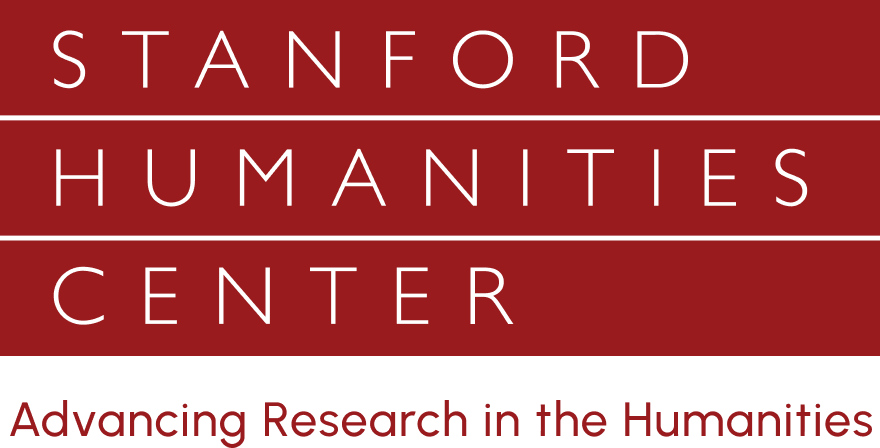A unique collision of real-time computing, interactive physics, generative visuals, electronic music, and contemporary dance
Multi-award winning digital dance performance Hidden Fields is a high-impact and accessible show which has been shown internationally at many of Europe’s leading digital art venues over the last few years. Fusing rigorous methods from computational physics with state-of-the-art computing, Hidden Fields uses real-time 3d capture to interpret dancers as fields whose movement creates ripples and waves in an invisible sea of energy. The result is a gentle piece comprised of interactive graphics and soundscapes, all of which arise in direct response to the motion of dancers as they use their bodies to sculpt the virtual field in which they are embedded.
Hidden Fields provides a unique and subtle glimpse into the beauty of our everyday movements, coaxing us to imagine how we interact with the hidden energy matrix and atomic world in which we are embedded and which forms the fabric of nature, but is too small for our eyes to see. It’s as much a next-generation dance piece as it is an invitation to contemplate emergence, dissipation, and the interconnected dynamism of the natural world – from the microscopic to the cosmic. Hidden Fields has been constructed using the “dance Spectroscopy” technology, and has arisen through a unique collaboration involving the NanoDance collective, a talented group of scientists, artists, and engineers.
Hidden Fields is a 50-minute performance which will be introduced by Royal Society research fellow and Stanford academic, Dr. David Glowacki. Immediately afterward, the performance space will transform into an installation space. The audience will be welcomed onstage to play with their own energy avatar and interact with the Hidden Fields artists. Support for Hidden Fields performances comes from Arts Council England, Stanford Arts Institute, Z Space, the Royal Society of London, the Engineering and Physical Sciences Research Council, NVIDIA, the Watershed digital media centre, the University of Bristol, and Interactive Scientific Limited.





